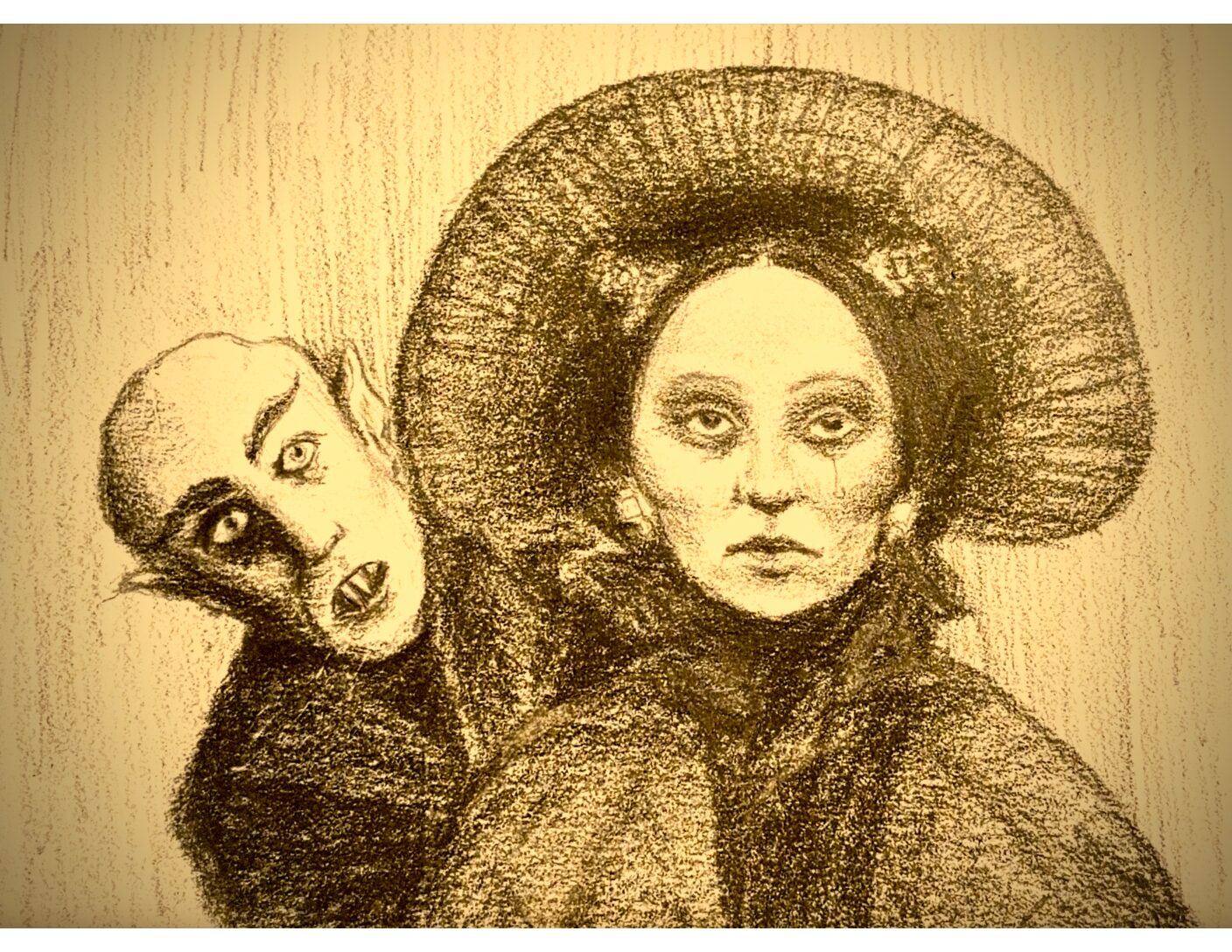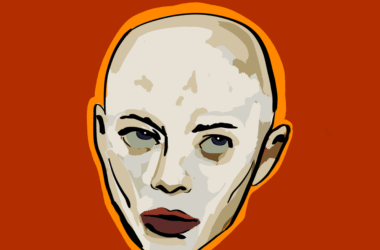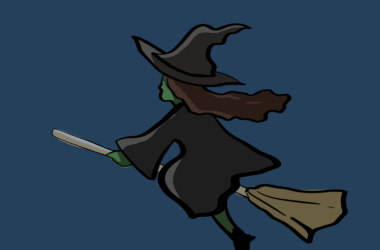‘Twas a dark and stormy night, when the screen flickered bright. Not a creature was stirring, not even a bite. The Christmas bells jingled, but something wasn’t right. Shadows were creeping, the moon hid from sight. Nosferatu emerged, a creature of night. We finally found out who was flickering the lights. As we gathered around for a tale of pure fright, it quickly became clear that fear had taken flight.
Seeing Nosferatu’s opening on Christmas Day was like receiving a funeral arrangement for Valentine’s Day—a flowery ode to the sacred and the beautifully profane. Like a guardian angel announcing its presence, Nosferatu reminds us: Do not be afraid of the dark! At the heart of the film lies the forbidden gothic romance of Ellen Hutter (Lily-Rose Depp) and Count Orlok, also known as “Nosferatu” (Bill Skarsgård). Driven by an ancient hunger, the two become entangled in a hunter-prey dynamic that blurs the boundary between obsession and temptation.
Fully embracing the inky space of historical horror, Robert Eggers delivers signature authenticity through meticulous period-accurate sets, costumes, and dialogue. It’s apparent that Eggers is no stranger to the dark, and with his acclaimed work on The VVitch and The Lighthouse, Nosferatu serves as a natural successor in his repertoire—perhaps his most impressive work to date. Through its dramatic tricks of light and dark, the film pays tribute to gothic horror style, referencing the German Expressionism movement that defined the 1922 original. Just as vampires can only enter a home when invited, Nosferatu extends a chilling invitation to its audience to “succumb to the darkness” with a series of promotional coffin-shaped popcorn tins and rat plushies in its plague-themed marketing campaign.
Lily-Rose Depp delivers a standout performance as Ellen Hutter. She performs long-take convulsion scenes, prescription breakdowns, and the unique psyche of a woman who grieves the living. In a role where the stakes could not be higher, Depp conjures a desperate lover, convincing housewife, and sympathetic patient in the demanding role of Ellen.
A new addition to the world of Nosferatu, Willem Dafoe plays Professor Albin Erbehart von Franz—an occult scientist introduced in the 2024 rendition. The character seemingly takes inspiration from Dr. Caligari of the Cabinet of Dr. Caligari, a hallmark of German Expressionism often double-featured with Nosferatu in screenings. Through this character, the film suggests that increasing reliance on science has made man less tolerant of mysteries beyond our understanding. He declares: “We are not so enlightened as we are blinded by the gaseous light of science. I have wrestled with the Devil as Jacob has wrestled the angel.” von Franz reminds us that life changes amidst technological advancement; though cities may grow, graveyards will always remain.
Nosferatu subverts the conventions set by its contemporaries, existing as a countercultural response to the pop culture interpretation of the vampire myth. While drawing inspiration from Bram Stoker’s Dracula, Nosferatu diverges radically, embracing an unsettling intimacy with repulsion. While vampires traditionally intertwine repression and sexuality, Nosferatu presents himself as a hideous manifestation of unbound evil and ailment, even when presenting themes of temptation. His name derives from the Greek “nosophoros,” meaning “plague carrier,” reinforcing the idea of vampirism as an otherworldly disease. While Dracula manipulates with charisma and seduction, Nosferatu hypnotizes with pure psychological force. His love is an affliction that corrupts contagiously and is characterized by a brutality that makes Dracula pale in comparison.
We skeptical lovers often convince ourselves that evil things have an inherent allure or hidden beauty. But Nosferatu rejects this notion. Unapologetically grotesque, he taps into modern anxieties beyond reason to engage with the primal disgust within us and challenge our beliefs about morality. Orlok has very little to redeem himself with—he’s not complex, not an antihero. He is neither sympathetic nor vengeful—he is unknowable at best. Remaining remarkably faithful to the 1922 original, this adaptation takes a stab at the silent horror classic, bringing it to life and delivering a holiday gift like no other—proving love, in its darkest form, never truly dies.







